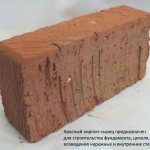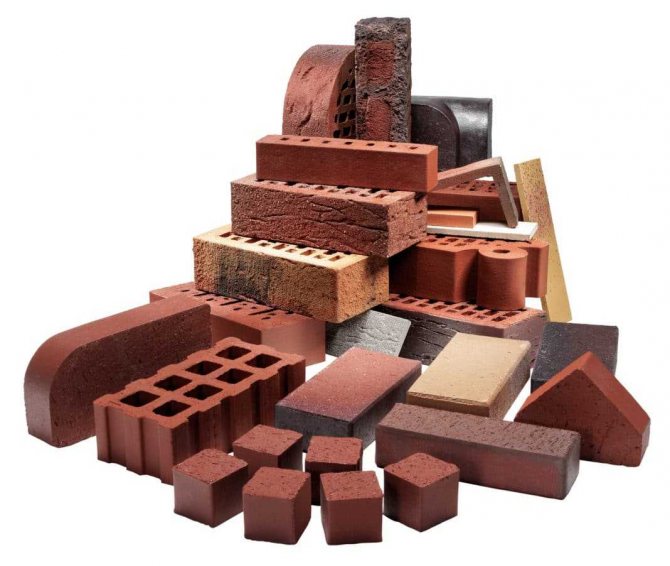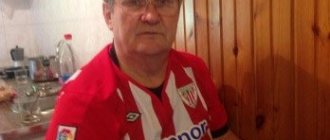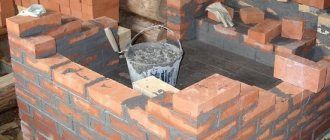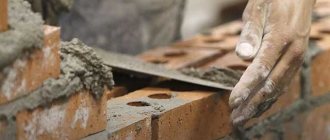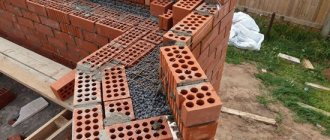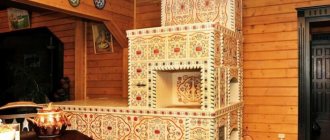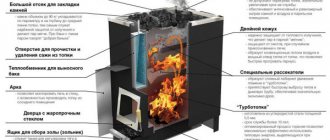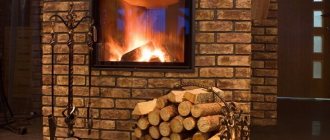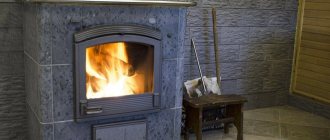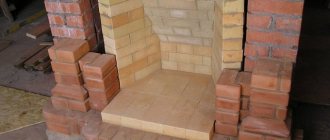Household and industrial stoves, fireplaces and chimneys perform their intended functions with the correct selection of material for their manufacture. Fireclay refractory bricks can successfully cope with a long-term high-temperature load, the production technology of which includes special methods of processing selected mineral raw materials.
There are several brands of heat-resistant brick products that differ in composition, some consumer properties, and sizes. When planning the construction of a stove, the construction of a sauna, a fireplace, you need to deal with the assortment, make an order correctly so as not to get into a mess.
Which brick can not be used
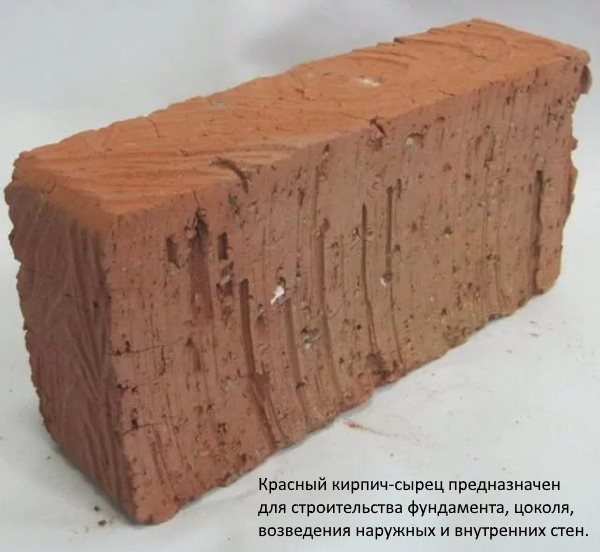
First, you need to decide what you should definitely not buy. A lot of complaints appear in all sources of information on the usual red brick raw. The claims are not entirely clear, because unfired products were not originally intended to be used as refractory bricks for fireplaces and any furnaces.
The structure formed during the simplified formation of the raw mixture and conventional drying allows moisture to easily penetrate inside. A brick made in this way, with temperature extremes, easily collapses, begins to crumble, does not meet the requirements for refractory materials.
Brick products made of silicates are highly hygroscopic; moreover, these products have low heat capacity and resistance to temperature extremes. Even with a sufficient thickness of the stove or fireplace masonry, silicates can quickly deteriorate, rendering the structure unusable.
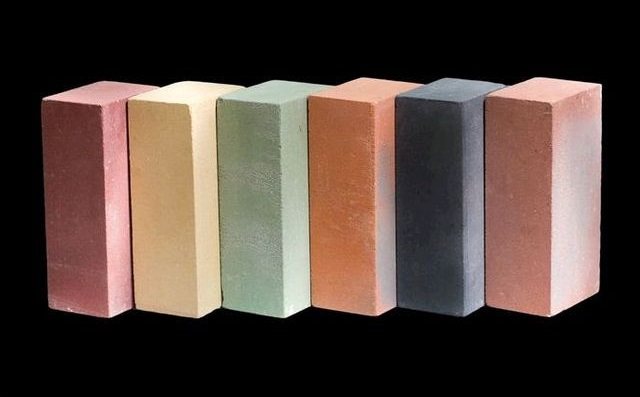

It is not recommended to use a limestone brick made using the hyper-pressing technology as a heat-resistant material. When heated, limestone undergoes decarboxylation, as a result of which carbon dioxide is released. The resulting massif easily absorbs moisture, loses its mechanical strength, plasticity, quickly collapses during shrinkage and operation.
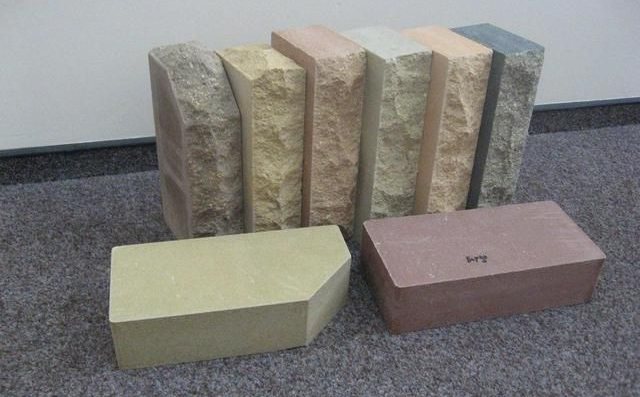

A large number of brick products are made by slip casting, during which the semi-liquid mass of the raw mixture is poured into molds and heated well. The resulting products have beautiful, precise shapes, suitable for outdoor decoration of ovens. The main part of the refractory masonry from slip bricks cannot be made due to the low mechanical strength.
Properties and characteristics
The choice of brick for the construction of the planned hearth can be made after comparing the physical and technical characteristics of the stone with the regulatory requirements. Manufacturers always indicate the properties of the building material. The types have common characteristics that differ depending on the purpose of the stone, the ratio of raw materials, and the method of production.
Brand and size
When laying the stove, the standards allow the use of stone with strength M-150. The marking indicates that 1 cm² of the material is resistant to a mechanical load of 150 kg. For the construction of a large, dense kiln, a higher grade of brick is used. The standard size of 25X12X6.5 cm is often used for masonry, but other formats are allowed. Therefore, when choosing a ready-made project, it is recommended to clarify for what size of stone it was developed. The parameters are clearly regulated.
To make bricks of grades M300 - M500, synthetic additives are introduced, therefore it is not recommended to use it for laying a furnace.
Frost resistance and hygroscopicity
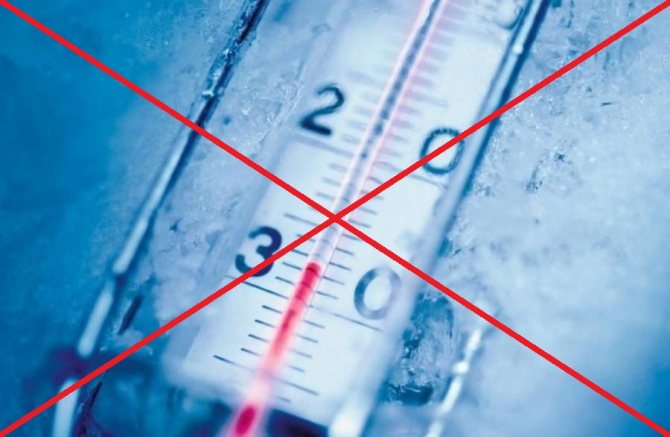

Such properties are taken into account during the installation of parts of the structure, which are subsequently exposed to temperature changes. Heat-resistant stone is not characterized by high frost resistance. Hygroscopicity - the ability to absorb and retain moisture. Areas of the structure that can be exposed to moisture are built from materials with low hygroscopicity.
Strength and heat resistance
Refractory bricks are subjected to enormous thermal stress. The strength index should be high. The strength value is different for each grade. For furnaces, materials with a large temperature limit are used. The indicator reaches a value of 1700 ° C for materials that will be constantly exposed to fire.
Density and thermal conductivity
For a fireplace and stove, it is recommended to use a stone with a thermal conductivity index of at least 0.61 W / (m * ° C), which easily passes heat and heats the room. For the exterior finishing of the chimney, the heat-resistant material retains heat, thereby preventing overheating of the adjacent wall or structure. In this case, low thermal conductivity is preferable. Low density materials have low strength.
What bricks can be used
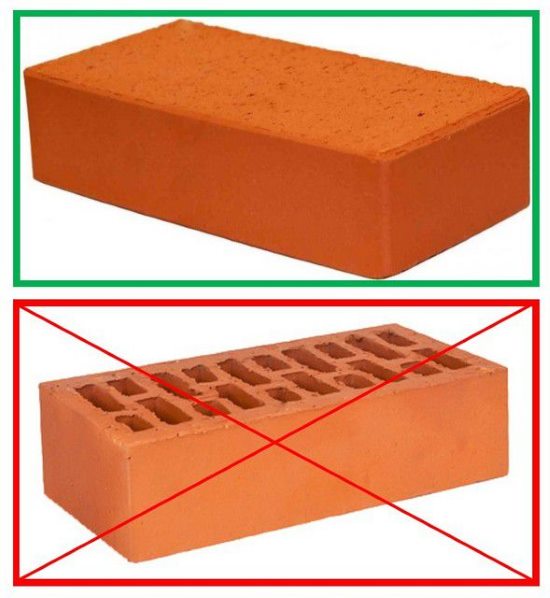

The intensive development of the construction services market has led to the emergence of a huge number of material manufacturers. Bricks are made by many enterprises, but a limited number of products have good fire-resistant properties.
Among the mandatory steps in the process of manufacturing refractory bricks, the following should be noted:
- the use of high-quality natural raw materials, including the best grades of clay;
- careful observance of the ratio of solid mass of a certain moisture content to the volume of added water;
- compliance with the mode of molding and firing, in accordance with the regulatory requirements of a particular technology;
- obtaining a homogeneous structure of the entire parallelepiped that does not contain air cavities.
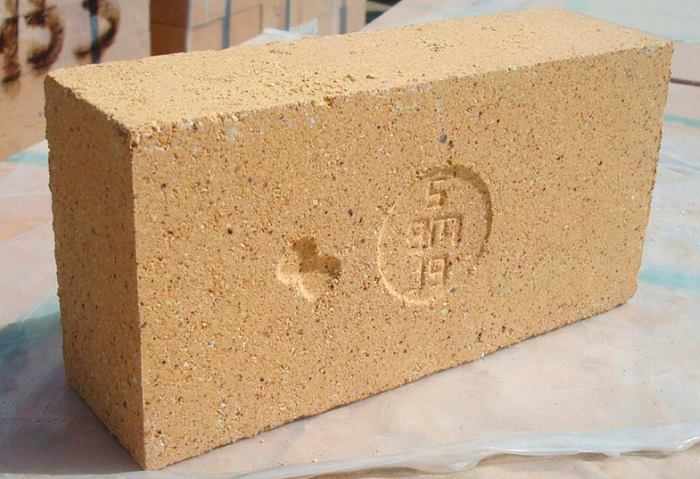

The walls of the furnace are exposed to maximum heating, so they are laid out of fireclay refractory bricks... Some stove-makers make a firebox from quartz products.
Table 1. Technical parameters of refractory bricks
| Indicator | Normal value for a given brick grade | ||||||
| SHAK | SHA | SB | ШВ | SHUS | PB | PV | |
| Refractoriness, ° C | 1730 | 1690 | 1650 | 1630 | 1580 | 1670 | 1580 |
| Porosity of products,% | 23 | 24 | 24 | — | 30 | 24 | — |
| Tensile strength, N / mm2 | 23 | 20 | — | 22 | 12 | 20 | 15 |
| Content of additives | |||||||
| Al2 O2 | 33 | 30 | 28 | 28 | 28 | — | — |
| Al2 O3 | — | — | — | — | — | 14 — 28 | 14 — 28 |
| SiO2 | — | — | — | — | — | 65 — 85 | 65 — 85 |
The master determines the required thickness of refractory bricks for the stove in each case, based on the quality of the fuel that will be used, the size of the stove or fireplace, and the area of the room as a whole.
The layers directly adjacent to the firebox, chimney channels are usually laid out of refractory ceramic bricks, which have sufficient heat resistance for these zones.
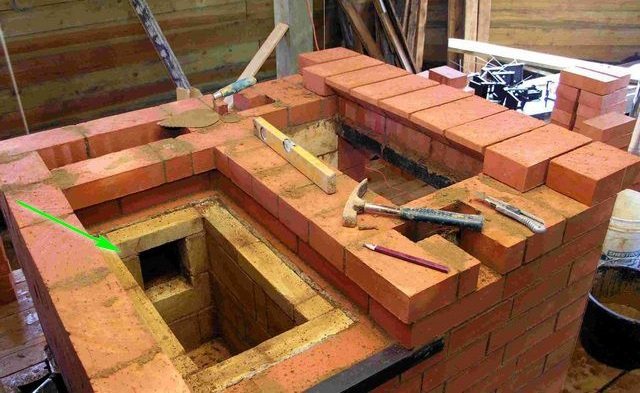

The facing surface of the furnace is mainly used for interior decoration, does not bear a significant thermal load, therefore, the requirements for its refractory qualities are very sparing.
The upper part of the chimneys above the roof is in specific conditions. Smoke that has not yet been completely cooled comes out through the internal channels, while outside the structure may be surrounded by frosty air.
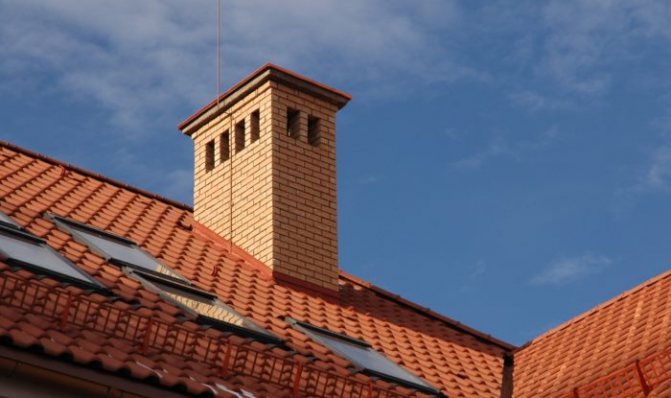

Therefore, for the internal masonry of the chimney, refractory bricks are used, and the outside of the chimney is protected by masonry made of a material with minimal thermal conductivity. This approach will eliminate the formation of condensation and increase the durability of the outer part of the chimney.
How not to be mistaken when choosing refractory bricks?
A stove or fireplace is not a cheap pleasure, since the price of a refractory brick is much higher than its silicate counterpart. The cost of high-quality material is at least 30 rubles / piece. Therefore, it is very important to take a responsible approach to the choice of raw materials for the future design.
In the construction market, it is hardly possible to find the "ideal" raw material for masonry, because each brand of brick for a kiln has both advantages and disadvantages.
Experts advise taking all the necessary amount of material from one manufacturer, and from the same batch. The technology for making blocks at the enterprise is, of course, strictly controlled, but bricks from different batches often differ slightly from each other. Also, it will not be superfluous to ask the seller for accompanying documentation for the products - certificates of quality and conformity. If the supplier is time-tested and delivers only high-quality products, then all the documentation will be in order.
So how to choose a stove brick? Here are some useful tips to help you determine the quality of your products.
- When tapped, a good refractory brick makes a metallic sound. If the sound is dull, it means that technological modes were violated during the production process and it is not worth buying such products.
- The structure of the block must be homogeneous - without foreign inclusions, chips and cracks.
- The color over the entire surface of the product must be uniform and in accordance with established standards. For example, if the firing mode is violated, the brick has a lighter shade.
- A certain brand of brick, of course, affects its strength, but if the product is dropped, then it must break into large pieces, and not into small chips.
- The overall dimensions of the products must comply with all regulatory documents.
What kind of brick is the stove made of is the very first question that a private builder should be puzzled with when deciding to build a similar structure at home. In pursuit of a low cost, many buy a supported material - one that has already been in brickwork. You can do this, but when buying secondary raw materials, you need to be even more careful. You cannot buy a brick that has traces of soot or cement mortar on the surface, cracked or cracked. A stove made of such products is unlikely to last long, since the blocks can crack and deform even at minimal temperatures.
Main factors
When choosing a material, it is useful to know and take into account its basic characteristics, so that later when working, there are no unpleasant surprises.
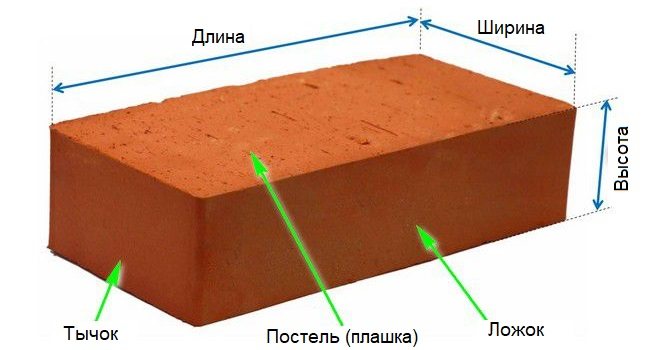

Shape and dimensions
For laying out stoves, chimney ducts, fireplaces, bricks of several standard sizes are used, in which three main indicators appear: the length of a large platform (bed or dice), its width and the height of the parallelepiped.
Table 2. Common typical sizes of refractory bricks
| Kind of brick | Frequently used type designation | Dimensions, mm | Size designation | ||
| Length (L) | Width (W) | Height (B) | |||
| Normal format brick (single) | KO | 250 | 120 | 65 | 1 nf |
| Brick of "Euro" standard | KE | 250 | 85 | 65 | 0.7 NF |
| Thickened brick | KU | 250 | 120 | 88 | 1.4 NF |
| Single modular brick | KM | 288 | 138 | 65 | 1.3 NF |
| Thickened brick with horizontal voids | KUG | 250 | 120 | 88 | 1.4 NF |
Most often, they use a brick of the usual normal format, which is called single and denoted by the letter abbreviation KO.
Brick that meets European standards is very similar to ordinary domestic ones. The difference lies in a slightly smaller die width (by about a third). This format is designated by the abbreviation KE.
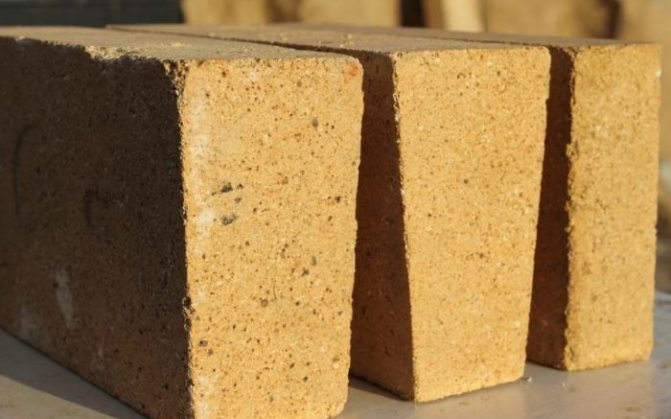

A brick for a kiln, the height of which is exceeded by 20% compared to the usual format, is called thickened, denoted by the abbreviation KU. The rest of the parameters of such products correspond to the products of KO.
Modular brick KM is much less common in stove masonry, with the height and width of the die (bed) increased by 5-10% in relation to KM.
For the decoration of arched finishes of stoves and fireplaces, external figured elements, special types of products are produced.Wedge-shaped shapes with tapered edges or ends are popular. The outer surfaces are sometimes decorated with bricks with curly curves.
Resistance to mechanical stress
An unconditional requirement for stove masonry is high strength, which is primarily due to the characteristics of each brick product. The value of the maximum mechanical load is indicated in the marking next to the letter M.
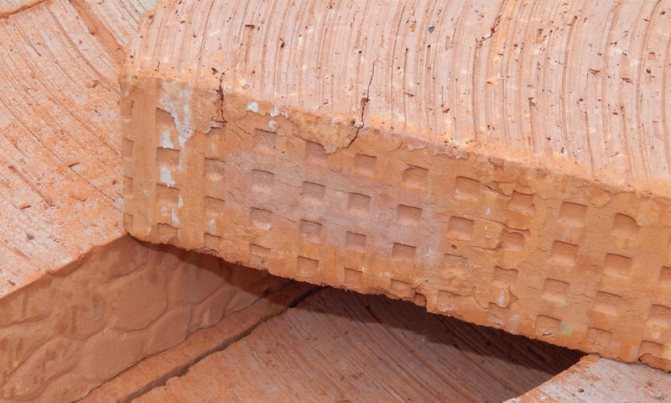

The number informs about the amount of kilograms that 1 cm2 of a brick bar can withstand without consequences. For conventional stoves and fireplaces, a strength of 200 kg / cm2 is sufficient; for large massive structures, you can buy products with increased strength, up to a maximum of 250 kg / cm2. It makes no sense to buy even more durable products for laying stoves, they are more expensive, they are designed for ordinary load-bearing walls, and when heated, they can release synthetic additives specially introduced into the raw materials.
Frost resistance
The requirement for resistance to negative temperatures can be surprising, since we are talking about stoves. However, for chimneys, stoves and fireplaces in summer buildings, frost resistance is an important indicator, which is indicated in the marking with the letter F. The number next to it indicates the permissible number of freezing and thawing cycles. In general, frost resistance characterizes the general ability of brick products to withstand any temperature extremes.
The ability to conduct and store heat
All layers of stove masonry, from the firebox to the cladding, must have good thermal conductivity and sufficient heat capacity, otherwise the structure will be beautiful, durable, reliable, but does not fulfill the main purpose of heating the room. The optimal value of the coefficient of thermal conductivity is considered to be 0.6 W / (m · ° C). Brickwork in the attic and above may have less heat conduction capacity. In these locations, the thermal insulation properties of the material are acceptable and useful.
Ability to absorb moisture
Refractory bricks have minimal hygroscopicity, which contributes to the production of durable heat-resistant masonry. When buying, special attention should be paid to the choice of bricks for laying out the foundation of the heating structure and the chimney - areas surrounded by humid air. For the construction of furnaces, you need to purchase only products that meet the standards.
Fireclay brick stove
Due to its qualities, fireclay bricks are used not only for laying stove inserts, but also for fireplaces and stoves completely. In doing so, it gives the design a homely feel thanks to its soft golden hue. Curly bars allow you to lay out various sections of the furnace from fireclay bricks of various shapes and sizes. In addition, the furnace itself can be lined with fireclay bricks, and the external design of arches, pillars and other external elements remote from the firebox is made using facing bricks, which are of two types - shaped and textured. The chimney should be made of full-bodied chamotte. Choosing the size of the fireclay brick for building the chimney and the furnace itself, you should focus on the standard form. The shape of the side wedge will help form a curly masonry, and the end wedge is useful for a narrowed poke. The overlap of the furnace is formed using a fireclay plate. For laying the base, you can use ceramic adobe.
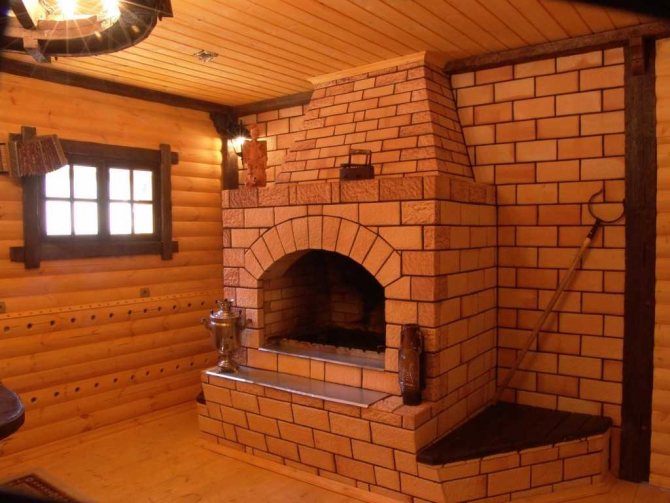

Stone oven
The furnace structure is erected using brick blocks of a single module. It is not recommended to use different thicknesses of bricks, because, in this case, their bunch will be fragile, this will lead to the destruction of the stove. In extreme cases, a combustion chamber is laid out from an excellent module, when greater structural strength is needed to withstand a temperature drop.
Clinker features
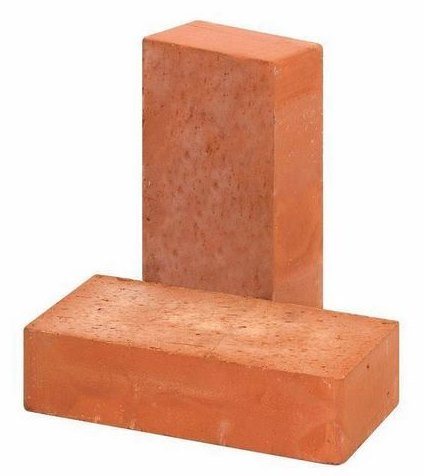

Brick made by clinker technology from highly melting clay grades has high strength (more than M300) and frost resistance (more than F 100).
The specific features of clinker are indispensable when laying the base layer of the foundation and the internal channel of the chimney, reaching the head, provided that the cladding is decorated with another material.
Making the main part of the stove out of clinker is an expensive and unjustified pleasure, especially since the structure will turn out to be massive and weighted.
If the owner plans to make a compact stove in the bathhouse, clinker brick will be an ideal material that will heat the space no worse than a thick-walled cast-iron "potbelly stove".
Which is best for a fireplace
The design of the fireplace can be of various forms, but it combines their main components: the firebox, where the fuel is directly burned, as well as the chimney system, on which the heating efficiency and ease of use will depend.
As in the previous case, it is better to use the following system: lay out the mouth of the fireplace with fireclay bricks, take fireproof bricks for the upper part of the chimney, and make the entire remaining structure of ceramic. Thus, costs can be significantly reduced without sacrificing the quality and durability of the building.
On the video brick for the fireplace:
The choice of the main building material for a future stove or fireplace is certainly an important task. A small review in our article should help you make a choice faster, and some nuances will save you from low-quality products.
